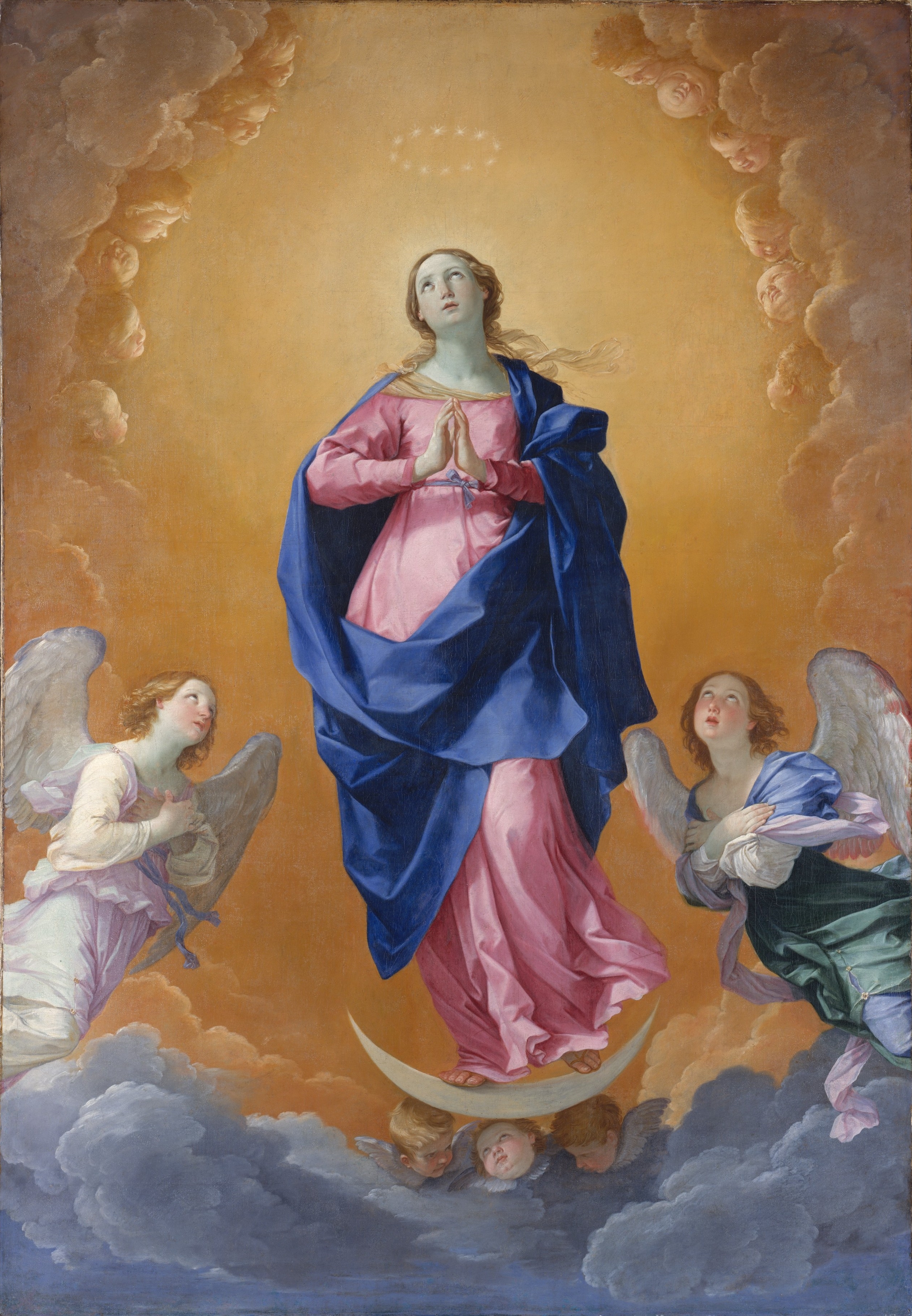Stephanie Clair è nata nello stato di New York e si è laureata in pittura / design presso la Old Dominion University, Virginia.
Clair è stata influenzata da maestri moderni come Picasso, Matisse, Chagall, Modigliani e Kandinsky e ha sviluppato il suo stile distintivo fondendo tecniche cubiste con colore ed emozione.














